#Urbanization
Explore tagged Tumblr posts
Text
Hmm let me get a poll for something real quick
I want to see how many people have easy access to nature, as I assume most of tumblr lives in urban areas such as cities or large suburbs, and a lot of people seem to not know much about the native species of plants and animals in their area. If you answered several, please reblog with which ones! And if the natural area is not mentioned, add it in a reblog or comment :)
#tumblr polls#my polls#polls#poll#urbanization#nature#ecopunk#please reblog#habitat#natural habitat#forest#desert#beach
13K notes
·
View notes
Text
It's so sad that there are very few places anyone can go that provide that perfect secret little hideaway somewhere in th woods. Everything is someones property, public parks that are just grass, or housing developments now. I just want to be able to take a short walk from my house to some (not even that deep) woods and find a cool tree and make it my hang out spot and to walk along the naturally forming paths from other people and animals taking time to actually enjoy nature.
#therian#therianthropy#alterhuman#otherkin#therian things#urbanization#fuck urbanization i need a secret hideout#woods#forest therian
837 notes
·
View notes
Text

#architecture#street#building#street photography#urban photography#urban#city#urban landscape#hong kong#urbanism#urbanization#asian architecture#asian#asia#travel#design#architecture photography#architectural#buildings#skyscraper#photography#original photographers#metropolis
52 notes
·
View notes
Note
Now you mentioned i, I am a bit surprised Smallville is prominently and consistently in Kansas? It's Smallville, Kansas. There might be others and certainly cities located vaguely within a real region, but it's definitely the first fictional town or city of D.C. in a real-world American state to come to mind.
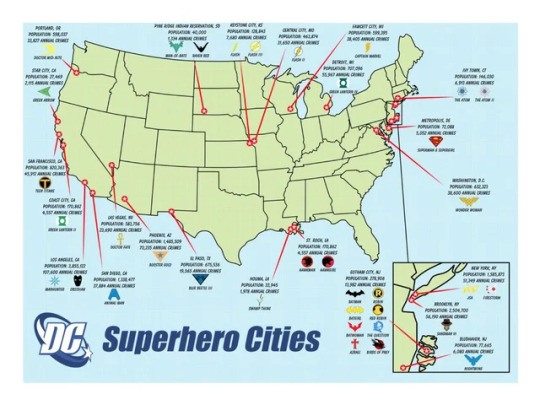
So this gets to the weirdness of D.C geography. When Superman was first established, there was much less of a cohesive "universe," so if Siegel and Shuster wanted Superman to specifically be raised in Kansas, that's where he was from and the rest of the geography would have to work itself out.
IMO, this early slapdash approach to world-building has (over time) led to some things that just don't make sense to me as a student of urban history and urban studies:
Metropolis shouldn't be in Delaware. It doesn't make sense in terms of urbanization, given the context of an already-crowded Northeastern Corridor - Delaware simply does not have the capacity to sustain a city of 11 million people, and you wouldn't get a municipality of that size right next door to New York City (as well as D.C's other fictional cities in the area). The whole idea of Metropolis and Gotham being across the river/bay from each other has never really worked for me; you can still do Superman/Batman team-up stories no matter where they are, because Superman can fly and Batman has his own personal fighter jets.
More importantly, it doesn't make sense in terms of historic patterns of urban migration. Moving to the big city in search of the American Dream is a big part of the Clark Kent story, but historically people moving from rural to urban areas overwhelmingly go to the nearest large city, depending on how transportation networks are arranged, whether we're talking about train lines or direct flights or highways or bus routes. There is a reason we can track regional movements of black communities during the Great Migration, because who went where depended on which train lines ran through which states:

This is why I've always felt that, while Metropolis has aesthetically been associated with New York City, it logically should be Chicago. It is the biggest city in the Midwest, one very much associated with robber baron industrialists and corruption at the highest levels, and absolutely stuffed with art deco architecture for Superman to pose on top of. Up until the Tribune Company began to strip it for parts, it's also been a major newspaper town with a long tradition of muck-raking investigative journalism that would inspire a starry-eyed cub reporter like Clark. As one of the original transit hubs and the U.S' own "nature's metropolis," it is precisely the place that a Kansas farm boy would hop a train to, because all trains go to Chicago. Also, culturally I like it better that Clark Kent represents the City of Wide Shoulders whereas Bruce Wayne is the typical Tri-State Area Type-A personality.
Going back to D.C's bizarro Northeast geography, I likewise have an issue with Gotham being in New Jersey...if New York City is also supposed to be a major metropolitan area in the D.C universe. Just as Delaware would struggle to support a city of 11 million people, it would be very difficult to grow Gotham into a city of 10 million people so close to the gravity well of the Greater New York Metro Area. New Jersey is a pretty urbanized state, but its biggest cities tend to range in population from 300,000 to 100,000 - which works very well for a place like Blüdhaven, which is supposed to have something of an inferiority complex vis-a-vis Gotham - because a lot of the population tends to gravitate to NYC for work and eventually housing as well.
I've already said my piece about the lack of cultural specificity of D.C's Midwest.
As far as the West Coast goes, I've always found it a bit odd that Star City isn't where Seattle is supposed to be. Let's face it, the only place where Oliver Queen's facial hair would go unnoticed is Seattle. Also, Coast City is often depicted too far north on the map - if it's supposed to be a half-hour away from Edwards Air Force Base, it should be significantly more southern, down by Kern County and San Bernadino County, not practically up in San Francisco.
#dc#dc meta#the world outside your window#urbanization#urban studies#urban migration#urban demographics
119 notes
·
View notes
Photo

Extent and major sites of the Indus Valley Civilization. The shaded area does not include recent excavations such as Rupar, Balakot, Shortughai in Afghanistan, Manda in Jammu, etc.
31 notes
·
View notes
Text



Urbanización fallida. Paisaje urbanizado en Muñopepe (Ávila).
#new topographics#abandoned#decay#natural light#urbex#industrial architecture#liminal aesthetic#industrial archeology#industrial decay#ávila#urbanization#urban landscape
28 notes
·
View notes
Text

In everywhere
#brazil#brasil#são paulo#fotografia#photo#photography#artists on tumblr#love#sp#tumblr#night#flores#flower#street photography#vibe#urban photography#urbanization#saopaulo
9 notes
·
View notes
Text
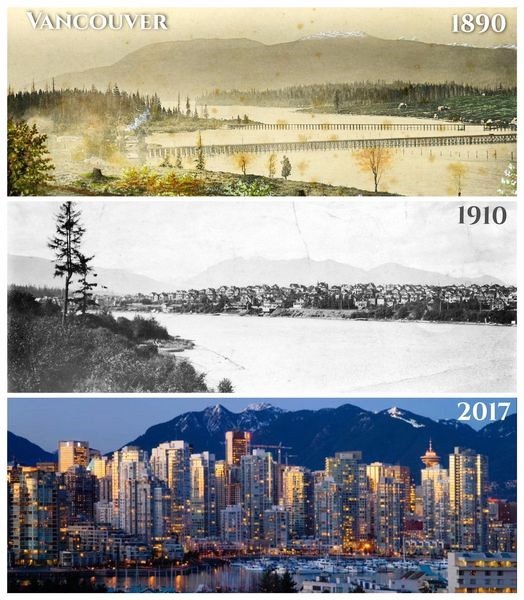
The explosive growth of Vancouver in the 20th century in pictures
#Vancouver#British Columbia#English Bay#Pacific coast#BC#coastal mountains#scenic location#boomtown#urban density#False Creek#Burrard Inlet#Expo 86#urbanization#Canada
44 notes
·
View notes
Text
The Gothic novel began to emerge at a time when the forces of industrialization were transforming the very structures of society. As Britain gradually changed from an agricultural into an industrial society, there was a steady movement of the population out of rural areas into the urban-centred industrial world.(...) Increasing mechanization divorced workers from the products of their labour, and the urban centres disconnected them from the natural world.
—The Gothic

#david punter#glennis byron#severance 2.04#industrial revolution#britain#capitalism#urbanization#nature#sky#sublime#awe#transcendence#dylan george#gothic#severance#severance spoilers
13 notes
·
View notes
Text
the urge to write an entire essay about public transportation (trains and boats) and how america was built off of the backs of it and the lower class workers who laid the dock foundation and rails is so strong right now. throw in a little passage or two about how the urbanization and following dependence on cars is destroying their history and accessibility for everybody
needless to say the urge is strong
#boat#cars#urbanization#america#american politics#car dependency#trains#travel#eco punk#cities#accessible travel#essay#railroad and boat truther for life#down with cars
64 notes
·
View notes
Text

"Bedbugs may be the first urban pest" @rpocisv.bsky.social @science.org (Plus- Richard Kirwan)
The chronicle of a co-evolved curse: https://roughlydaily.com/2025/06/01/good-night-sleep-tight-dont-let-the-bedbugs-bite/
#alchemy#bedbugs#bug#bugs#burning#civilization#culture#coevolution#combustion#entomology#evolution#fire#history#historyofscience#kirwan#lavoisier#oxygen#pests#pest#phlogiston#priestley#richardkirwan#science#urbanization
3 notes
·
View notes
Text





i had my film developed and i'm gonna make this everybody's problem [2]
#riv shoots#aesthetic#photography#film photography#kodak#kodak gold 200#small town#urbanization#retro aesthetic#pay phone
3 notes
·
View notes
Photo
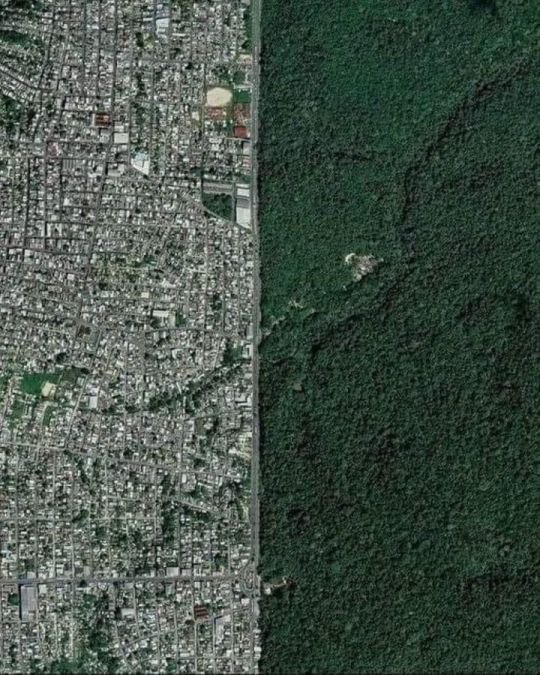
The so-called "invisible wall" dividing Manaus and the Amazon Rainforest symbolizes human encroachment on precious natural habitats. Some see progress, others destruction. Can we genuinely thrive at the expense of Mother Earth? The struggle for balance continues.
#manaus#amazonrainforest#cityvsnature#environmentaldebate#urbanization#conservation#choosewisely#delicatebalance#city#urbandesign#cityview#people#urbanism#contrast#greendesign#urbanplanning#cityplanning#publicspace
9 notes
·
View notes
Text

#architecture#street#building#street photography#urban photography#urban#city#urban landscape#megacity#hongkong#urbanism#urbanization#hong kong#travel#asia#architecture photography#city photography#photographer
35 notes
·
View notes
Note
Hello, years ago you mentioned that it would be difficult to create a city grid on hilly terrain (like King's Landing). However, if one were to make a grid on rugged terrain, how would they do so?
It can be done, it’s just harder and more expensive.
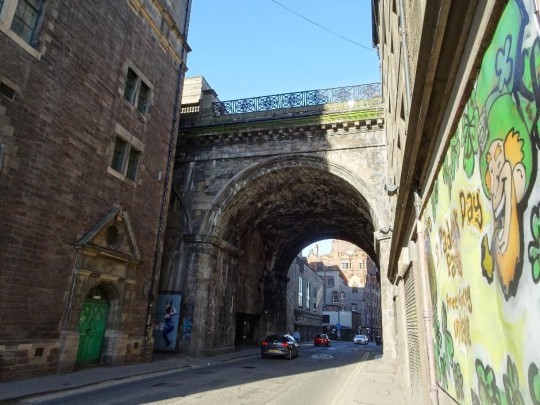
Either you need to level out the terrain by leveling down the peaks and using the dirt to fill in the valleys, or you need to build a lot of streets and buildings on sharp inclines and (if necessary) build lots of stairs (like San Francisco), and/or elevated streets and viaducts (like Edinburgh…or Yharnum), with tunnels to connect areas of lower elevation separated by areas of higher elevation (like Seattle).

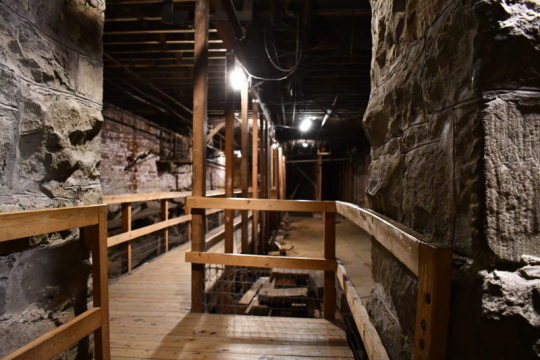
Or do a mix.
#asoiaf#asoiaf meta#medieval cities#city planning#urban geography#urban studies#urbanization#history#historical analysis#civil engineering
44 notes
·
View notes